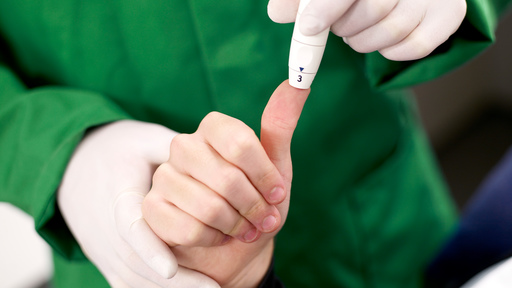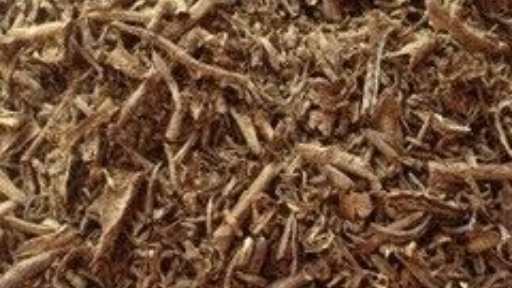Animal research
The study of animals still plays an important role in understanding animal and human biological systems. This is key in identifying new mechanisms and treatments for animal and human disease.
Research in the Biosciences and Disease mechanisms groups within Life and Medical Sciences (LMS) focuses on identifying new pharmacological mechanisms, understanding the molecular and cellular biology of disease and potential therapeutic treatments.
Animal research taking place at the University also educates both undergraduate and postgraduate students in robust scientific methodologies and enables courses to be grounded in the most up-to-date knowledge, including the wider context of UK and European legislation.
However, our research and teaching involving animals forms only part of our overall programme. We make use of many ‘animal-free’ experimental models and techniques including:
- Computer simulations to study drug potency, drug-target design and development, drug metabolism and animal and human behaviour.
- Computational biochemistry and biophysics applied to viral infections.
- Training aids such as CurVet™ to imitate blood sampling and handling as well as drug administration.
All animal research conducted at the University takes place under Home Office licences granted under the direction of the Animals (Scientific Procedures) Act 1986 [A(SP)A] with approval from the University Animal Welfare and Ethical Review Board.
Please see our commitments, regulation and review for more details.
Research success stories
Our research provides insights into Parkinson’s disease, motor neuron disorders, cardiovascular disease, infectious disease, cancer genetics and organ injury.
Animal research has also played a key role in our study of diabetes and its treatment. The case studies below outline some of our successes in this area.
Animal Statistics
Information on the number of animals used is returned every year to the Home Office and is outlined in the table below.
| 2020 | 2021 | 2022 | 2023 | 2024 | |
|---|---|---|---|---|---|
| Mouse | 20 | 72 | 48 | 0 | 32 |
| Rat | 64 | 55 | 56 | 116 | 44 |
| Total | 84 | 127 | 104 | 116 | 76 |
Procedures are defined by the Home Office using five different classifications – Subthreshold, Mild, Moderate, Severe and Non-recovery. The majority of procedures carried out on animals at the University of Hertfordshire are classed as ‘mild’ or ‘moderate’ in severity.
| 2020 Home Office Figures | |||
|---|---|---|---|
| Severity | Mouse | Rat | Total |
| Sub-threshold | 0 | 11 | 11 |
| Mild | 10 | 19 | 29 |
| Moderate | 10 | 33 | 43 |
| Severe | 0 | 1 | 1 |
| Non-recovery | 0 | 0 | 0 |
| 2021 Home Office Figures | |||
|---|---|---|---|
| Severity | Mouse | Rat | Total |
| Sub-threshold | 0 | 0 | 0 |
| Mild | 0 | 13 | 13 |
| Moderate | 72 | 42 | 114 |
| Severe | 0 | 0 | 0 |
| Non-recovery | 0 | 0 | 0 |
| 2022 Home Office Figures | |||
|---|---|---|---|
| Severity | Mouse | Rat | Total |
| Sub-threshold | 0 | 0 | 0 |
| Mild | 0 | 16 | 16 |
| Moderate | 48 | 40 | 88 |
| Severe | 0 | 0 | 0 |
| Non-recovery | 0 | 0 | 0 |
| 2023 Home Office Figures | |||
|---|---|---|---|
| Severity | Mouse | Rat | Total |
| Sub-threshold | 0 | 0 | 0 |
| Mild | 0 | 4 | 4 |
| Moderate | 0 | 112 | 112 |
| Severe | 0 | 0 | 0 |
| Non-recovery | 0 | 0 | 0 |
| 2024 Home Office Figures | |||
|---|---|---|---|
| Severity | Mouse | Rat | Total |
| Sub-threshold | 0 | 0 | 0 |
| Mild | 0 | 4 | 4 |
| Moderate | 32 | 44 | 76 |
| Severe | 0 | 0 | 0 |
| Non-recovery | 0 | 0 | 0 |


